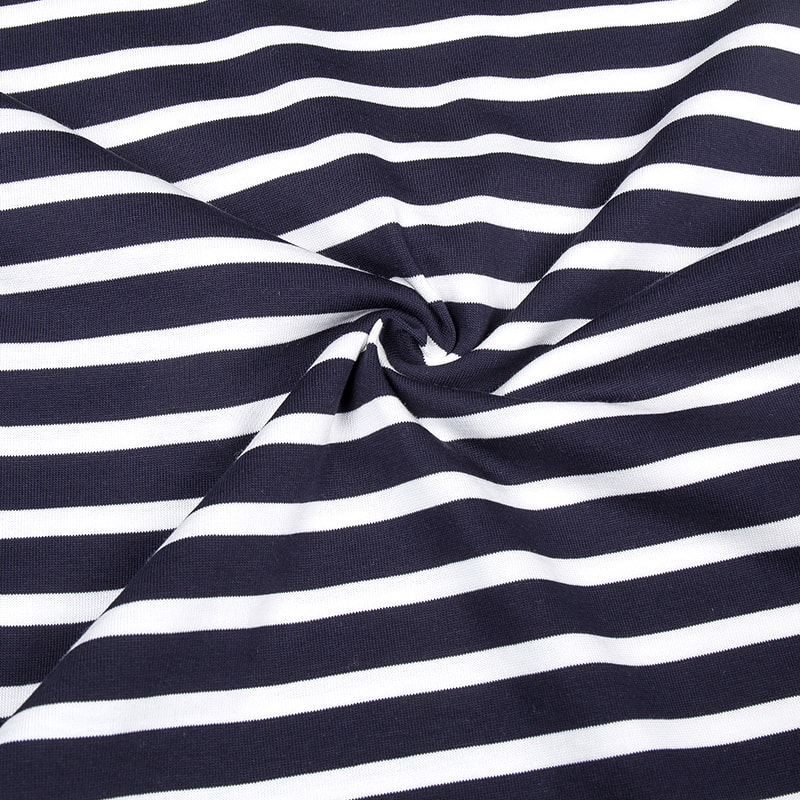
Evolution of Texture During Dyeing Processes:
The texture of Jersey Knitted Fabric undergoes a series of modifications at some stage in dyeing techniques, influenced by means of various factors including the sort of dye used, dyeing techniques, and the traits of the material itself.
Absorption of Dye Molecules:
As Jersey Knitted Fabric is added to the dye tub, the fibers take in dye molecules. The absorption method varies relying on the fiber composition, with herbal fibers like cotton absorbing dyes otherwise than artificial fibers like polyester.
Swelling of Fibers:
The dyeing manner involves the immersion of the cloth in water and dye answers. This causes the fibers within the cloth to swell. The quantity of swelling relies upon at the fiber kind, and this swelling can have an effect on the general texture through briefly changing the arrangement of fibers.
Effect on Loop Structure:
In the case of the crazy side of Jersey Knitted Fabric, the dyeing system can also impact the appearance of loops. The absorption of dye and swelling of fibers can have an effect on the openness or tightness of loops, contributing to changes in the texture on the opposite side.
Dye Penetration:
Dyes need to penetrate the material very well to gain even coloring. The penetration of dyes into the fabric shape can affect the way mild interacts with the fibers, probably altering the perception of texture.
Considerations to Maintain or Enhance Original Texture:
While dyeing introduces adjustments to the cloth, manufacturers frequently don't forget different factors to either keep or enhance the authentic texture of Jersey Knitted Fabric throughout the dyeing process:
Pre-Treatment for Fiber Conditioning:
Prior to dyeing, producers may also hire pre-treatment methods to situation the fibers. This can contain remedies to decorate fiber alignment and reduce inconsistencies in texture, making sure a greater uniform dye uptake.
Dye Selection and Compatibility:
The desire of dye is important in maintaining the authentic texture. Manufacturers may also opt for dyes which are recognized for minimal effect at the hand sense and shape of the fabric. Reactive dyes, as an instance, chemically bond with fibers, regularly ensuing in much less alteration to the original texture.

Controlled Dyeing Techniques:
Employing controlled dyeing techniques, inclusive of low-liquor or exhaust dyeing, allows manufacturers to control the quantity of water and dye used at some point of the process. This control can minimize the effect on the cloth's texture by means of reducing immoderate swelling and ensuring even dye distribution.
Temperature and pH Control:
Temperature and pH play considerable roles inside the dyeing manner. By cautiously controlling those parameters, producers can affect the rate of dye absorption and fixation. Optimal manage enables in achieving vibrant colorings without compromising the unique texture.
Post-Dyeing Finishing Processes:
After dyeing, post-completing methods can be implemented to set the shade and beautify texture. Softening or conditioning treatments may be hired to mitigate any capacity stiffness delivered at some point of dyeing, making sure the cloth retains its desired hand sense.
These considerations are vital to handing over a dyed Jersey Knitted Fabric that meets each aesthetic and tactile expectations.


 English
English 中文简体
中文简体











